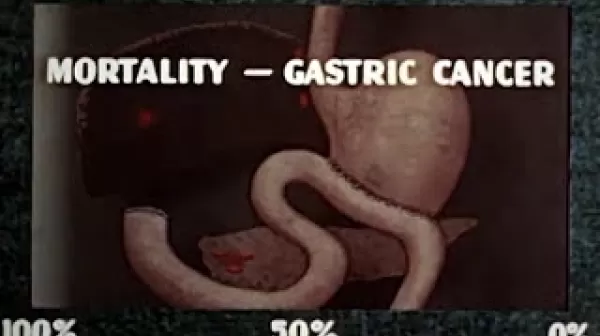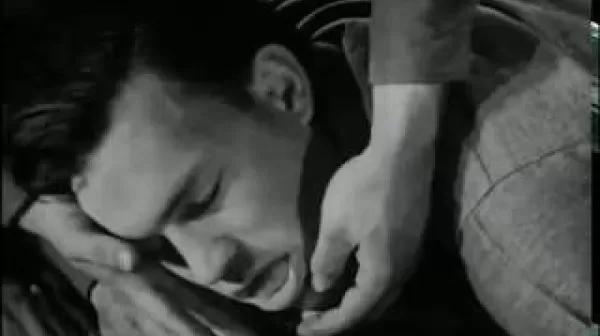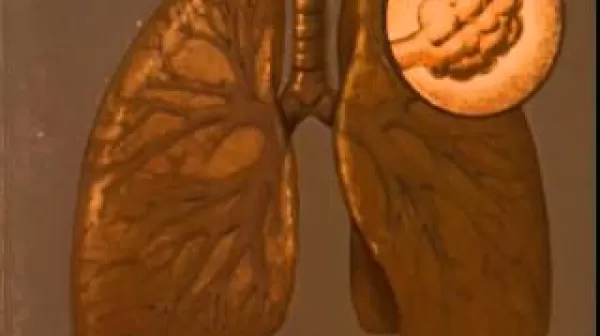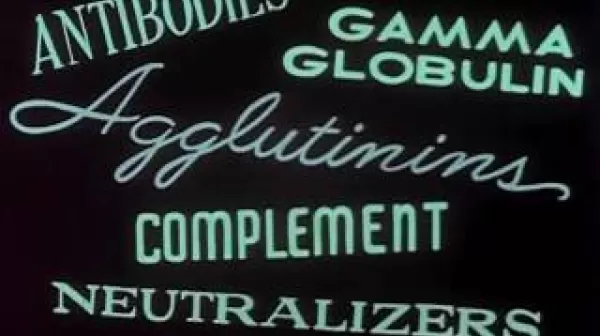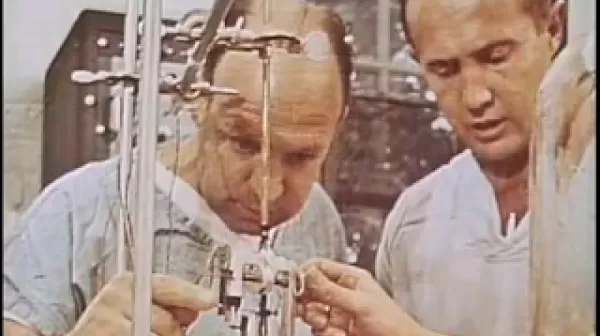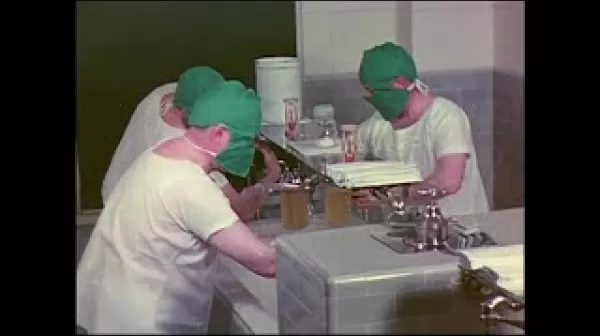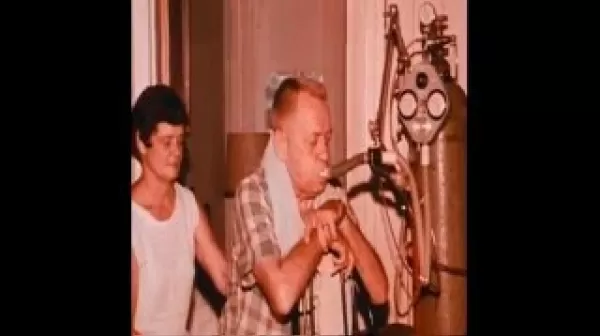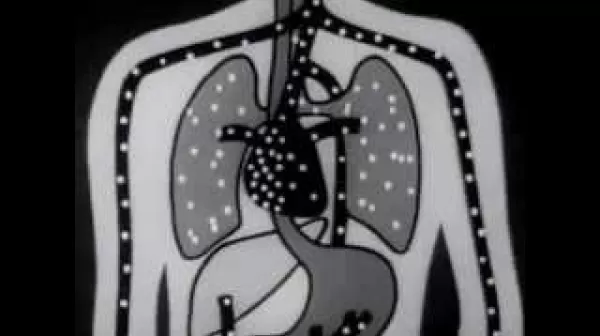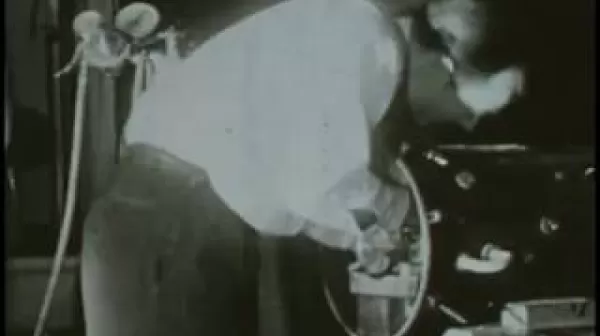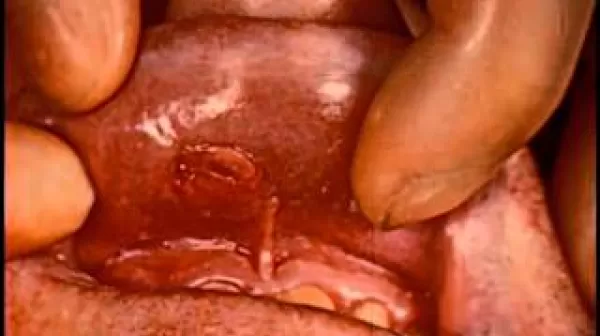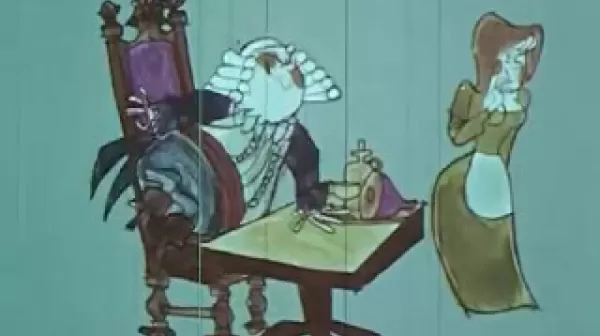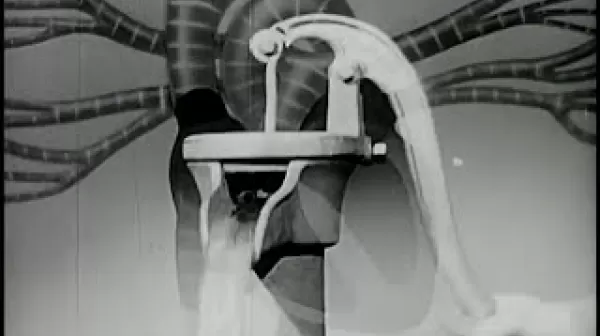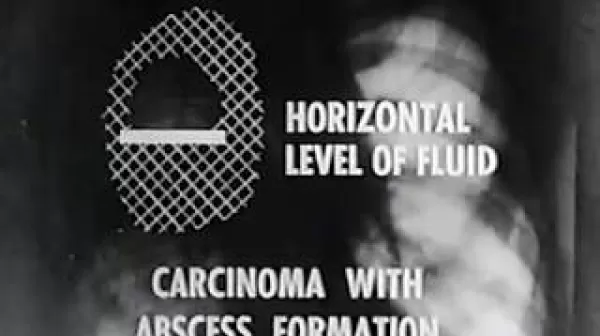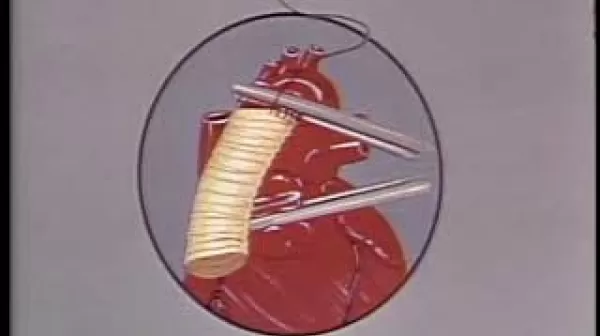Cancer: The Problem of Early Diagnosis (NCI and American Cancer Society, 1949)
This film is an overview of the five most deadly forms of cancer and emphasizes the need for early detection. It shows the symptoms, maturation, examination, and effective treatment including the surgery for breast, cervix, stomach, rectum, and lung cancers. It gives statistics and mortality rates for each type. It also includes a dramatization of the 1881 first stomach cancer operation performed by Dr. Billroth in Vienna, Austria. Film says simple mastectomies have no place in cancer operations. Produced by the American Cancer Society and National Cancer Institute.

